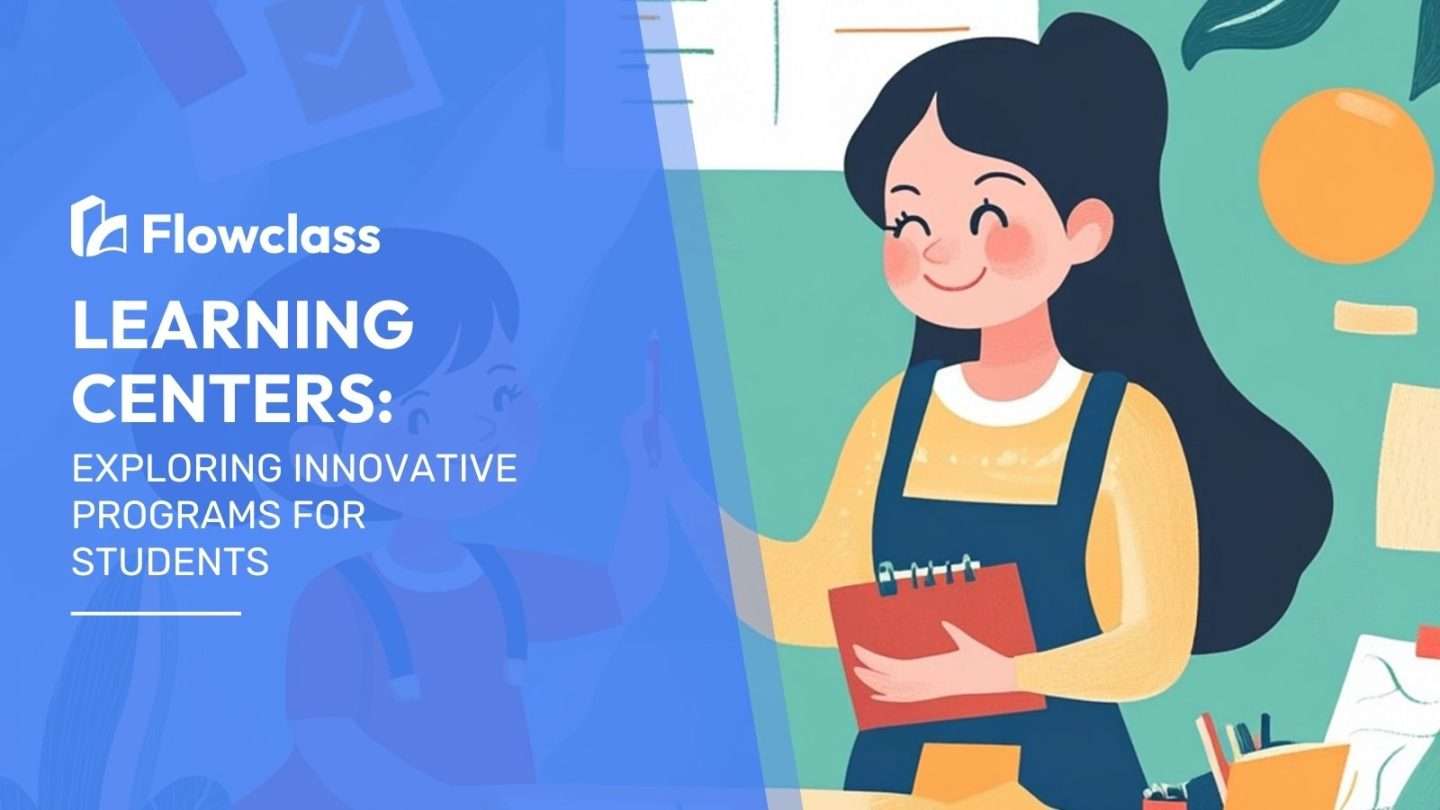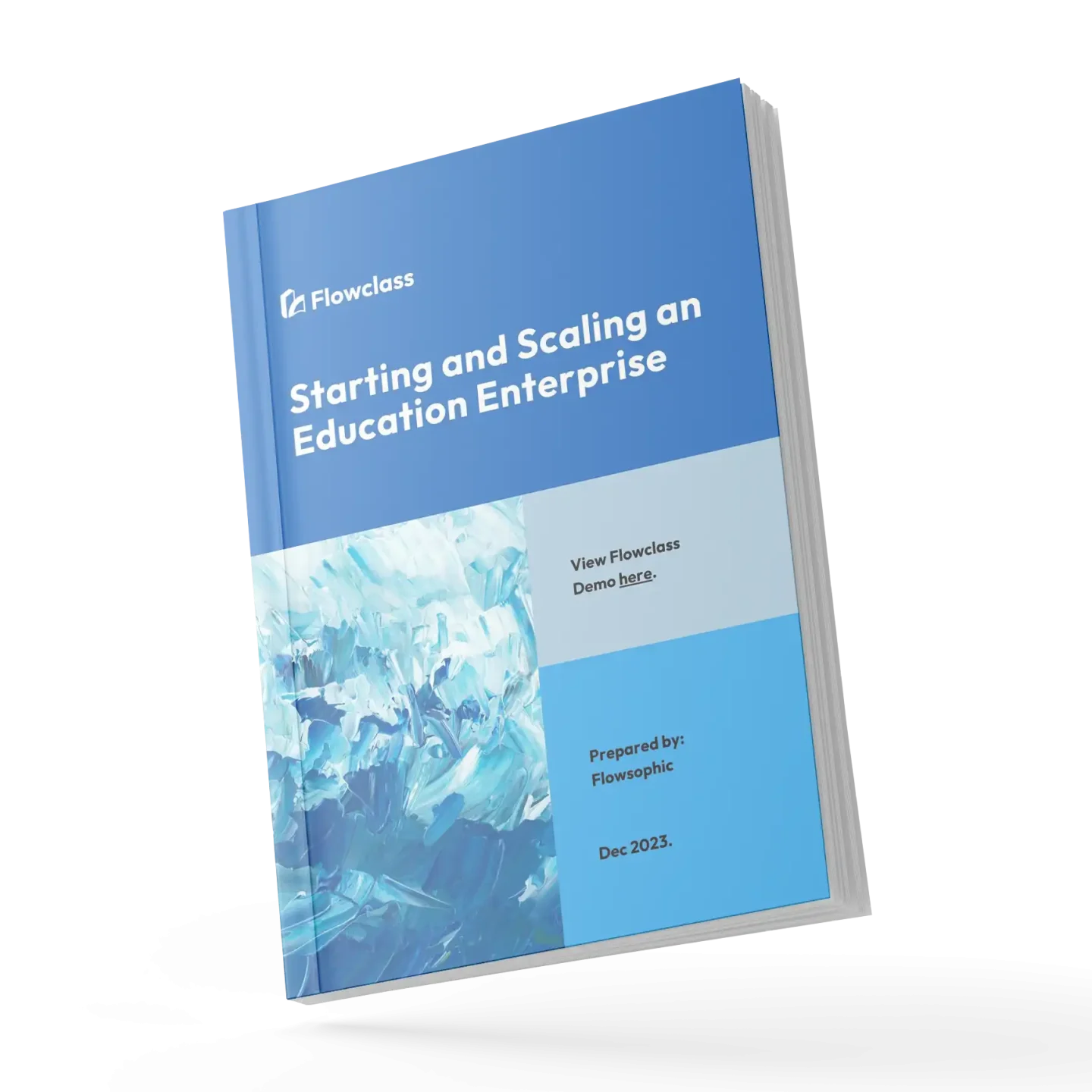In today’s educational landscape, learning centers play a vital role in supporting students. They offer various innovative programs designed to meet diverse learning needs. This blog aims to explore these programs, outlining their benefits and how they enhance student success.
Understanding the Role of teaching methods for Learning Centers
Firstly, teaching methods for learning centers are crucial for addressing different learning styles. Each student has unique strengths and challenges. Therefore, tailored programs can help them thrive.
Additionally, learning centers provide a supportive environment for all students. They create spaces where learners feel safe to explore and grow. This nurturing atmosphere is essential for effective learning.
Moreover, these teaching methods often incorporate technology. By using the latest tools, learning centers can engage students in new ways. As a result, students are more likely to participate actively in their learning.
The Evolution of Learning Centers
To fully appreciate the impact of teaching methods, it is essential to understand the evolution of learning centers. Originally, these centers were primarily focused on remedial education. However, over time, they have transformed into dynamic spaces that foster creativity and collaboration.
Today, learning centers serve a broad range of students, from those needing extra support to those seeking enrichment opportunities. This evolution reflects a shift in educational priorities, emphasizing personalized learning and holistic development.
Types of teaching methods for Learning Centers
Learning centers offer a wide range of teaching methods. Below, we explore some of the most effective ones.
1. Project-Based Learning: An Innovative teaching method for Learning Centers

Project-Based Learning (PBL) is an engaging method. In PBL, students work on real-world projects. They investigate topics, solve problems, and present their findings. This hands-on approach encourages critical thinking and collaboration.
For instance, students might research local environmental issues. They can create a project that proposes solutions. This method not only enhances learning but also fosters a sense of community.
Moreover, PBL allows students to explore their interests. When students choose their topics, they are more invested in the outcome. This investment leads to deeper learning and greater retention of information.
In addition, PBL promotes essential life skills. Students learn to manage their time, work in teams, and communicate effectively. These skills are invaluable in both academic and professional settings.
2. STEM Programs: Fostering Innovation in Learning Centers
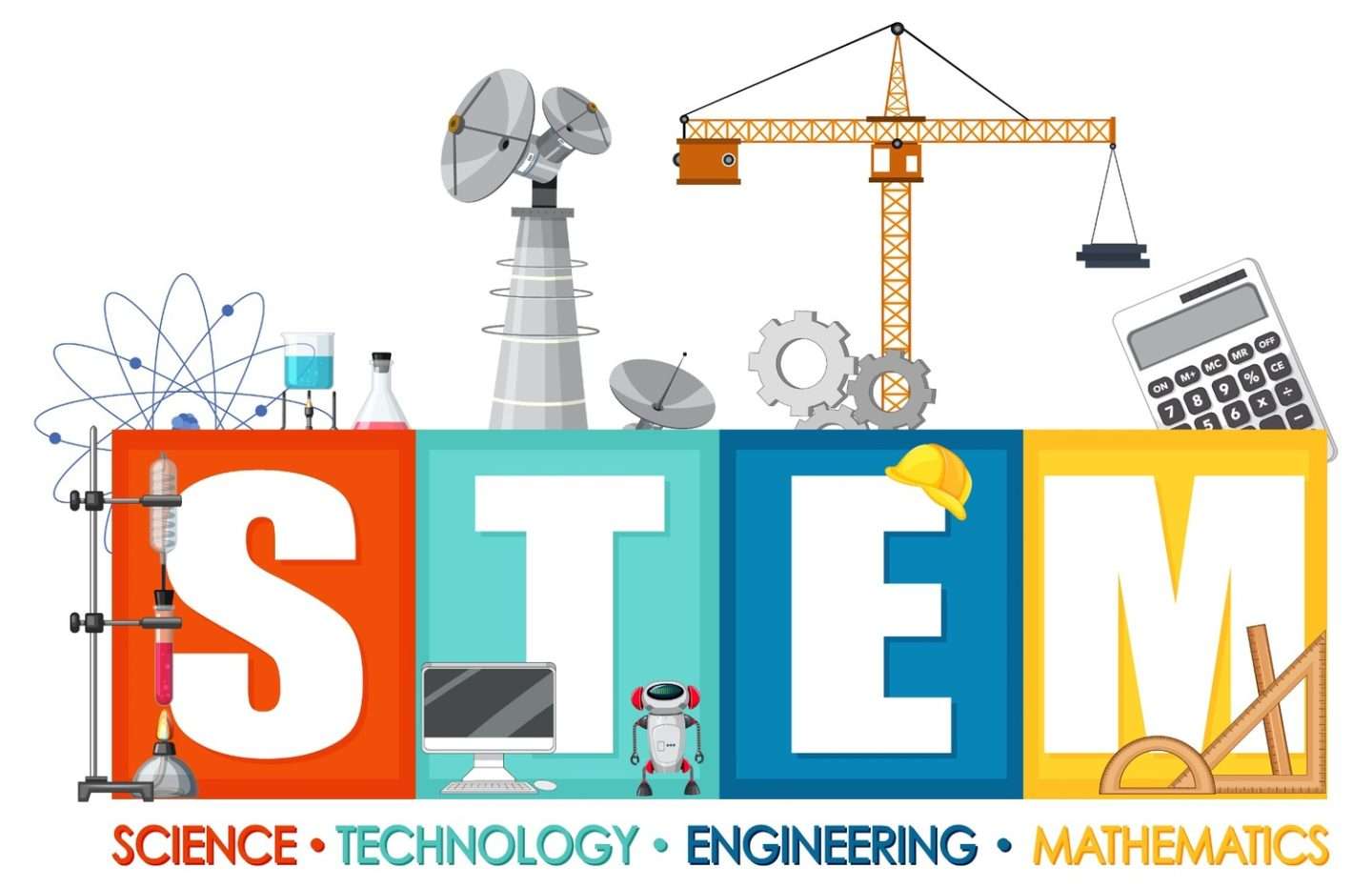
STEM (Science, Technology, Engineering, and Mathematics) programs are increasingly popular. These programs focus on developing skills in these critical areas.
Learning centers often offer hands-on activities in STEM. For example, students might conduct experiments or build robots. Such experiences ignite curiosity and encourage exploration.
Furthermore, STEM programs prepare students for future careers. By equipping them with essential skills, these programs create pathways to success.
Additionally, STEM encourages problem-solving and critical thinking. Students engage in inquiry-based learning, which fosters a deeper understanding of concepts. As they tackle complex issues, they learn to think creatively and analytically.
3. Arts Integration: Creative teaching methods for Learning Centers

Arts integration is another powerful approach. This method combines the arts with other subjects. For instance, students might learn math through music or science through visual arts.
By integrating the arts, learning centers promote creativity. Students can express themselves in unique ways. This creative outlet enhances their overall learning experience.
Moreover, arts integration fosters critical thinking. Students learn to approach problems from different perspectives. This skill is valuable in both academic and real-world settings.
Additionally, arts integration can improve student engagement. When students connect with the material creatively, they are more likely to participate actively. This increased engagement leads to better academic outcomes.
4. Social-Emotional Learning: Essential teaching method for Learning Centers

Social-Emotional Learning (SEL) teaching methods focus on developing emotional intelligence. These programs help students understand and manage their emotions.
In learning centers, SEL activities may include group discussions or role-playing. Such activities encourage empathy and communication. As a result, students build stronger relationships with peers.
Moreover, SEL teaching methods contribute to a positive learning environment. When students feel supported, they are more likely to succeed academically. This holistic approach benefits both personal and academic growth.
Furthermore, SEL programs can reduce behavioral issues. By teaching students how to manage their emotions, centers create a calmer atmosphere conducive to learning.
5. Language and Literacy Programs: Supporting Diverse Learners
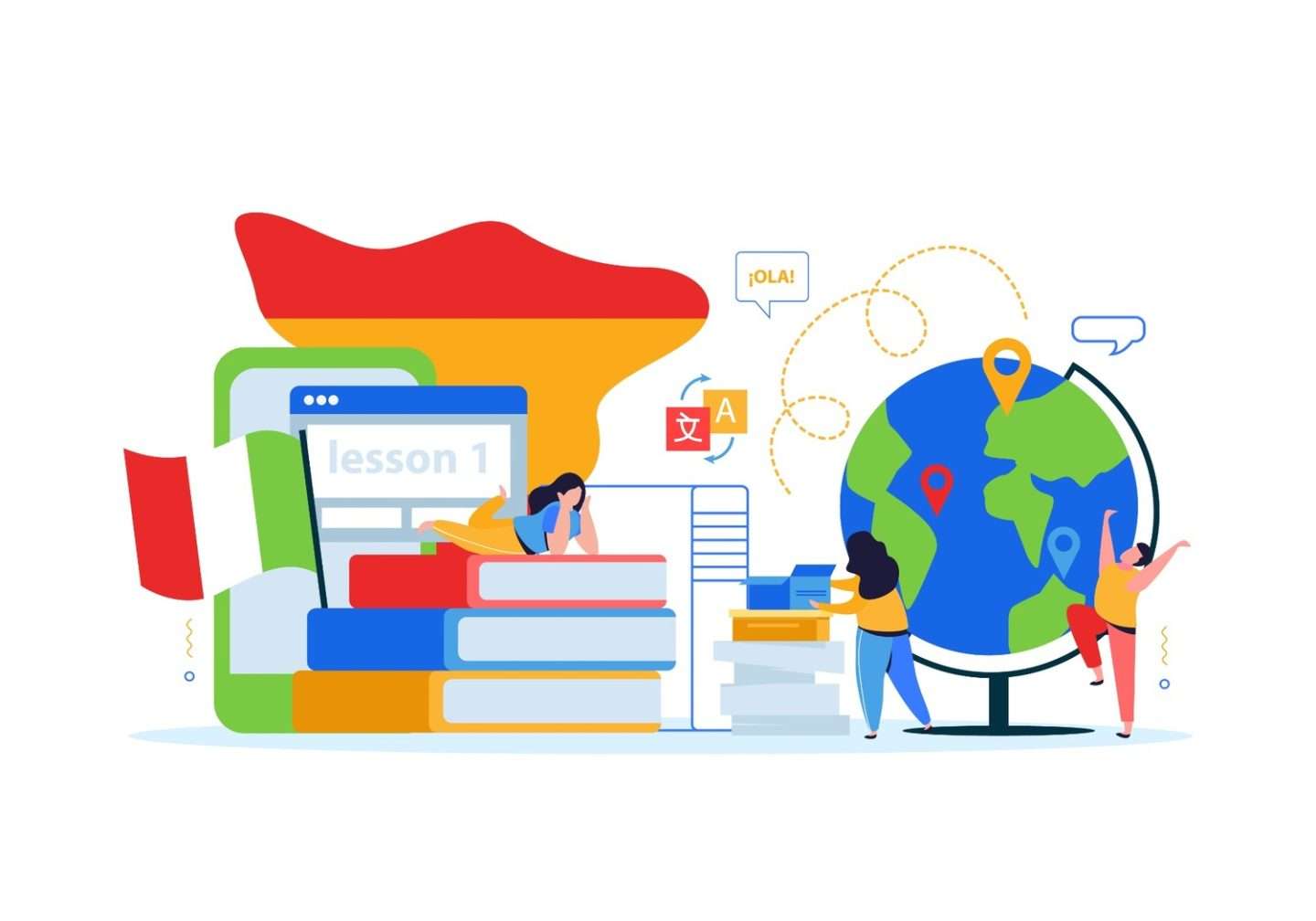
Language and literacy teaching methods are essential for developing communication skills. Learning centers often provide targeted support for students struggling with reading and writing.
For example, centers may offer small group sessions focused on phonics or comprehension. These tailored approaches help students build confidence in their abilities.
Additionally, language programs can support English Language Learners (ELLs). By offering resources in multiple languages, learning centers promote inclusivity. This support is crucial for helping all students succeed.
Moreover, literacy programs often integrate technology. Tools like interactive e-books and educational apps can make learning more engaging. These resources cater to various learning styles, enhancing the overall experience.
Implementing Innovative Programs for Learning Centers
Implementing innovative teaching methods requires careful planning. Below are some key steps to ensure success.
1. Assessing Student Needs

Firstly, assessing student needs is vital. Learning centers should conduct evaluations to identify strengths and areas for growth.
By understanding each student’s unique needs, educators can tailor teaching methods accordingly. This personalized approach enhances the effectiveness of the programs.
Additionally, ongoing assessments can help track progress. Regular feedback allows educators to make necessary adjustments. This adaptability ensures that all students receive the support they need.
2. Training Educators
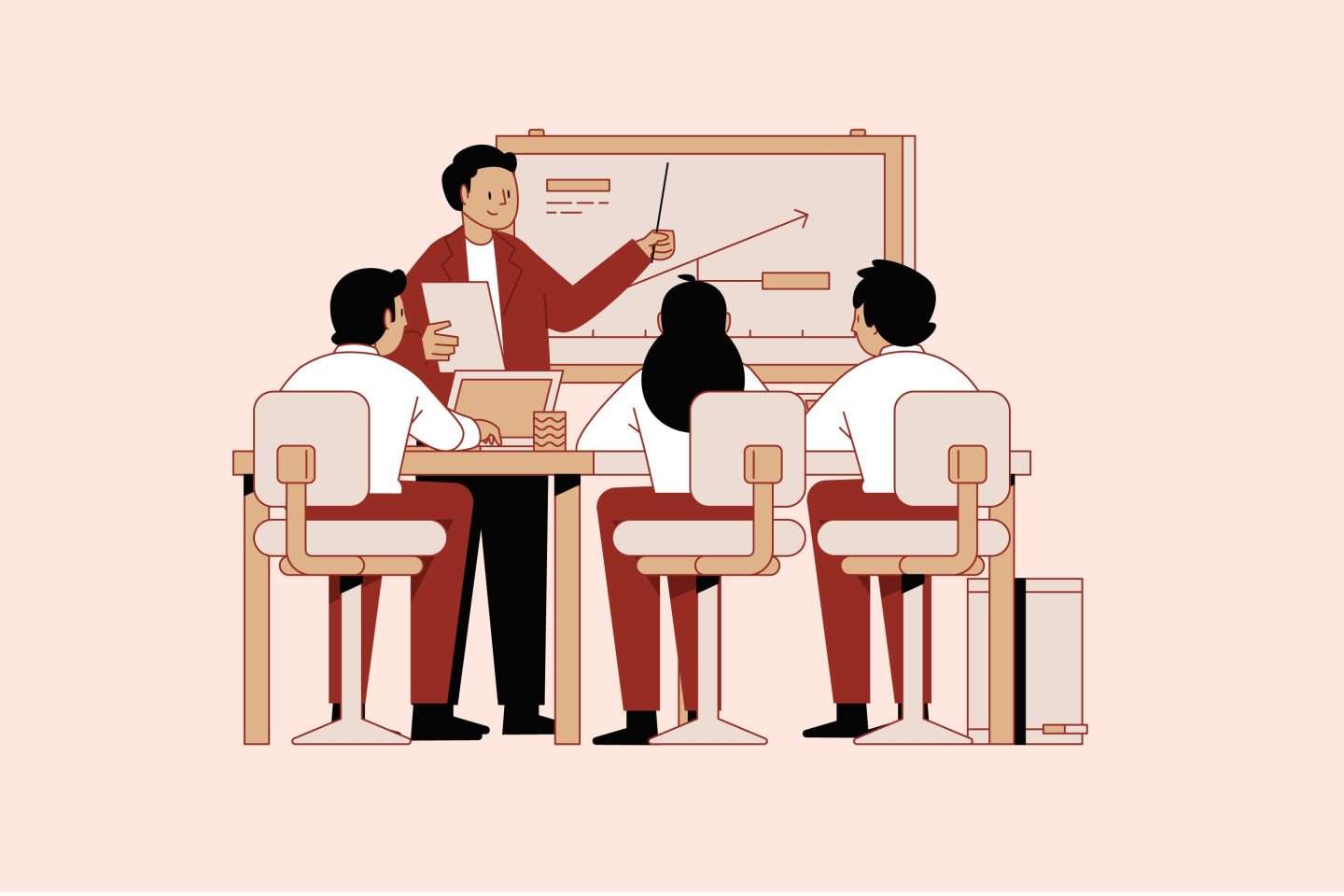
Moreover, training educators is essential for successful implementation. Teachers should receive professional development on innovative teaching methods.
When educators are well-equipped, they can better support their students. This ongoing training fosters a culture of continuous improvement.
Furthermore, collaborative professional development can enhance teaching practices. By sharing experiences and strategies, educators can learn from one another. This collaboration leads to more effective instruction.
3. Collaborating with Parents and Community
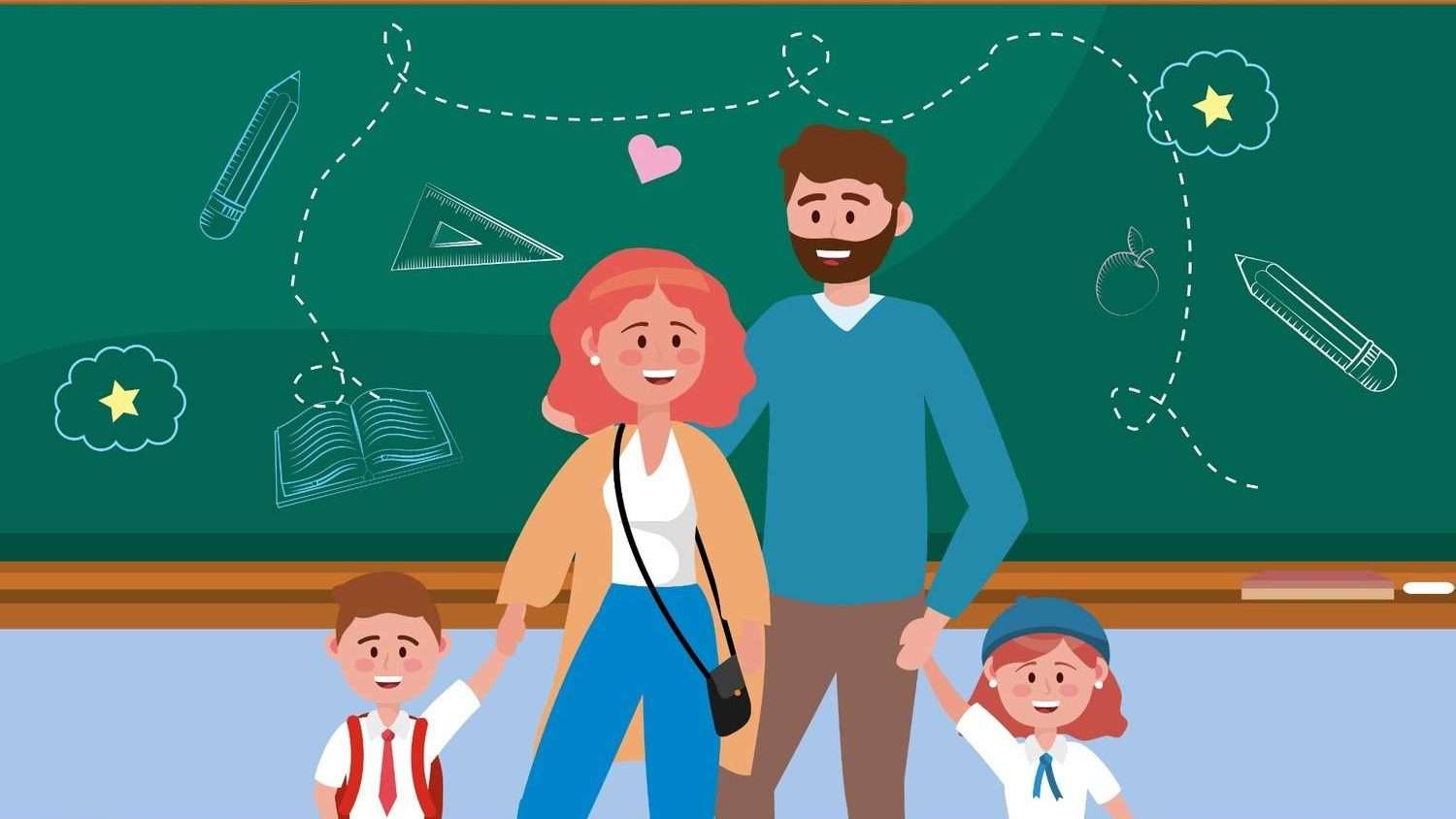
Collaboration with parents and the community is also important. Learning centers should engage families in the educational process.
By involving parents, centers can create a supportive network for students. Community partnerships can also provide additional resources and opportunities for learning.
For example, local businesses might sponsor events or offer internships. These opportunities enrich students’ educational experiences and connect them to the community.
4. Utilizing Technology Effectively
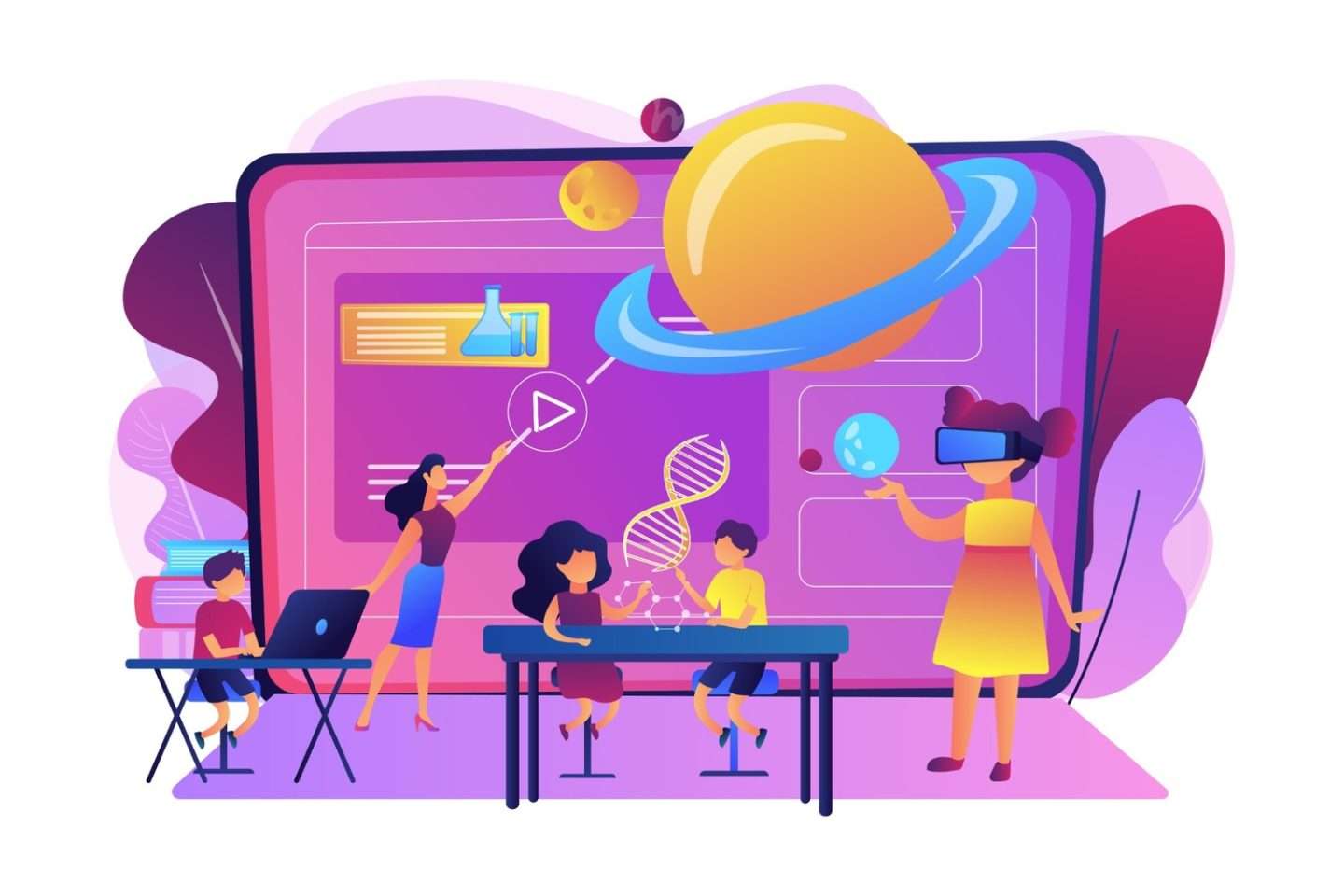
Furthermore, utilizing technology effectively enhances learning experiences. Learning centers should invest in the latest tools and resources.
For instance, interactive software can engage students in new ways. These tools can make learning more enjoyable and effective.
Additionally, technology can facilitate personalized learning. Adaptive learning platforms can adjust content based on individual progress. This customization ensures that students receive appropriate challenges.
5. Evaluating Teaching Methods’ Effectiveness

Finally, evaluating the effectiveness of teaching methods is crucial. Learning centers should regularly assess student progress and program outcomes.
This evaluation process allows for adjustments and improvements over time. By continuously refining teaching methods, centers can better meet the needs of their students.
Moreover, feedback from students and parents can provide valuable insights. Understanding their experiences can guide future improvements. This collaborative approach fosters a sense of community within the learning center.
Success Stories: Innovative Programs for Learning Centers in Action
To illustrate the impact of innovative programs, let’s explore some success stories.
Case Study 1: A Project-Based Learning Initiative
One learning center implemented a PBL initiative focused on community sustainability. Students researched local environmental issues and developed action plans.
As a result, they presented their findings to the community. The project not only raised awareness but also inspired local action. Students felt empowered to make a difference.
Furthermore, this initiative fostered partnerships with local organizations. Students collaborated with environmental groups to implement their solutions. This real-world connection enhanced the learning experience.
Case Study 2: STEM Program Success
Another learning center launched a STEM program that included robotics. Students worked in teams to design and build robots for a competition.
This experience not only taught technical skills but also promoted teamwork. Many students expressed newfound interest in pursuing careers in technology.
Additionally, the teaching methods incorporated mentorship opportunities. Local engineers volunteered to guide students, providing insights into the field. This mentorship enriched the learning experience and inspired students.
Case Study 3: Arts Integration in Action
A learning center integrated the arts into its curriculum. Students created visual representations of historical events. This approach deepened their understanding while allowing for creative expression.
Teachers noted increased engagement and participation. Students felt more connected to the material, leading to improved learning outcomes.
Moreover, this integration fostered cross-disciplinary connections. Students learned to see relationships between subjects, enhancing their overall understanding.
The Future of Innovative Programs for Learning Centers
Looking ahead, innovative programs for learning centers will continue to evolve. As education adapts to changing needs, new approaches will emerge.
Emphasizing Inclusivity and Diversity
Firstly, future programs will emphasize inclusivity and diversity. Learning centers must continue to create environments that support all students.
By recognizing and valuing different backgrounds, centers can foster a sense of belonging. This inclusivity is essential for student success.
Additionally, centers should actively seek to represent diverse perspectives in their curriculum. This approach not only enriches the learning experience but also prepares students for a global society.
Integrating Technology Further
Furthermore, technology will play an even larger role in education. Learning centers will increasingly rely on digital tools to enhance learning experiences.
As technology advances, new opportunities will arise for student engagement. Educators must stay informed about the latest trends and tools.
Moreover, technology can facilitate collaboration among students. Online platforms can connect learners from different locations, fostering a global perspective.
Fostering Lifelong Learning
Lastly, the focus on fostering lifelong learning will remain strong. Learning centers will need to prepare students for a rapidly changing world.
By instilling a love for learning, centers can equip students with the skills they need for future success. Lifelong learners are more adaptable and resilient in the face of challenges.
Additionally, centers should encourage curiosity and exploration. By creating environments that promote inquiry, educators can inspire students to pursue knowledge beyond the classroom.
Conclusion: Embracing Innovative Programs for Learning Centers
In conclusion, innovative teaching methods for learning centers are vital for meeting the needs of today’s diverse learners. By exploring various approaches, such as project-based learning, STEM, and social-emotional learning, educators can enhance student outcomes.
As learning centers continue to adapt and evolve, their impact on student success will grow. Embracing these innovative programs will ensure that every student has the opportunity to thrive.
Let’s commit to creating engaging, supportive environments where all students can succeed. Together, we can shape the future of education for generations to come!

